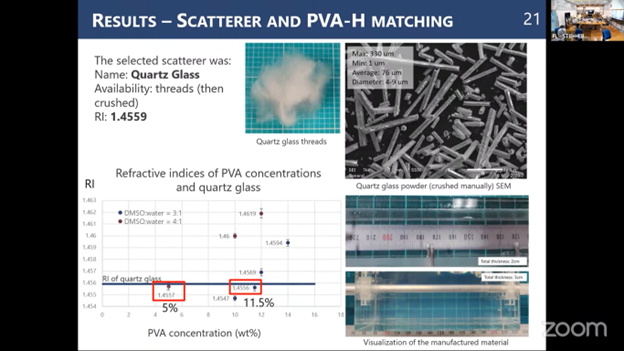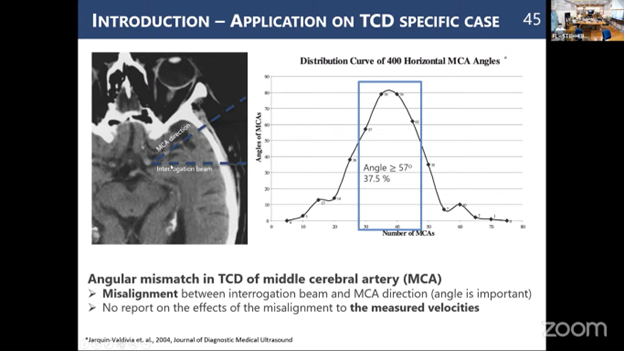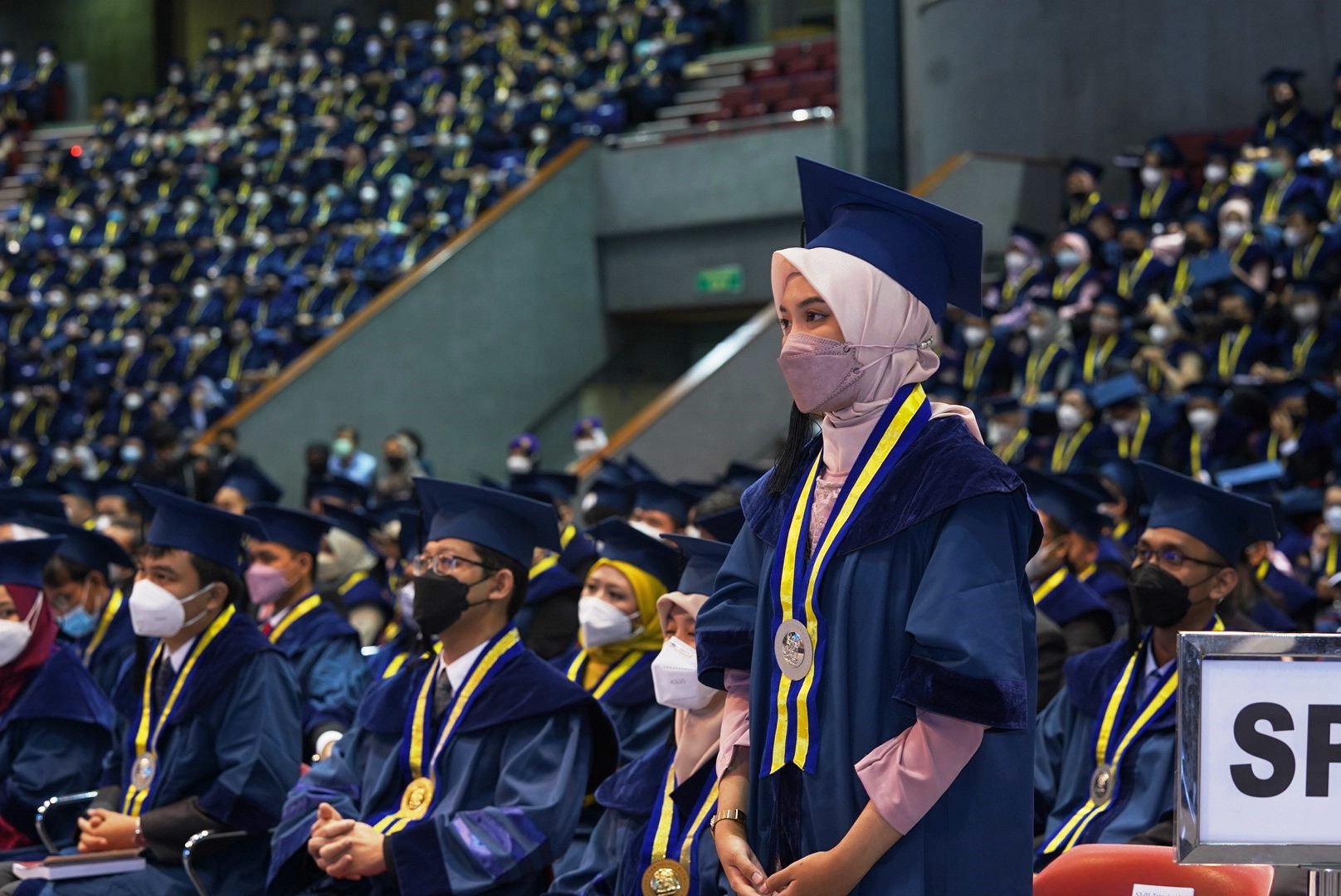ITB SEEI’s BinAAR: Development of Ultrasound Phantom Materials in Biomedicine
By Anggun Nindita
Editor Anggun Nindita

BANDUNG, itb.ac.id — The School of Electrical Engineering and Informatics (SEEI) of Institut Teknologi Bandung (ITB) held an Academic, Abdimas, and Research Talk (also known as BinAAR) on Friday, September 29, 2023. This hybrid activity featured the theme “Ultrasound Phantom Material for Optical Flow Validation,” delivered by Muhammad Shiddiq Sayyid Hashuro, S.T., M.Eng., Ph.D., from the Biomedical Engineering Research Group.
Current biomedical technologies are continuously developing to unlock their greatest potential in supporting human health. One example is ultrasonography (USG), an ultrasound-based biomedical technology. The use of ultrasound technologies has become common in biomedicine as they offer better efficiency and lower costs compared to other technologies. Nevertheless, these technologies still need improvement and refinement, especially for ultrasound Dopplers used in blood vessels.
In this context, phantom materials offer a solution to optimize Doppler machines thanks to their validation and calibration functions. A phantom Doppler imitates the properties of blood vessels and the flow patterns within them. To work effectively, materials used in phantom Dopplers must meet the following requirements:
- Appear as body tissues in USG images.
- Sound speed and attenuation conform to ultrasound standards.
- Are transparent enough for optical measurements.

A research team from ITB tried to utilize polyvinyl alcohol hydrogel (PVA-H) as a phantom material for further development. This material boasts high transparency, a close resemblance to human body tissues, and suitability for ultrasound measurements due to its water-based nature. However, the high transparency of pure PVA-H causes USG images to appear dark without the presence of materials that imitate body tissues.
"To address the opacity of PVA-H, a scatterer was added. Achieving this involved matching the refractive index of PVA-H with that of the scatterer," he explained.

This phantom material can also be applied in transcranial Doppler (TCD) ultrasonography. Similarly, this applies to TCDs conducted in the middle cerebral artery. The phantom material designed by the ITB research team is capable of reading such phenomena, thus opening up possibilities for more accurate error corrections.
"Ultrasound results on the middle cerebral artery show almost no visible structure, unlike elsewhere outside the head. Therefore, without accurate correction, there is a possibility of a major error. That is what we want to ascertain with this phantom," he described.
Reporter: Hanifa Juliana (Urban and Regional Planning ‘20)
Indonesian Editor: M. Naufal Hafizh
Translator: Ariq Ramadhan Teruna (Chemical Engineering ‘21)
Editor: Vera Citra Utami

.jpg)
.jpg)
.jpg)
.jpg)
.jpg)


